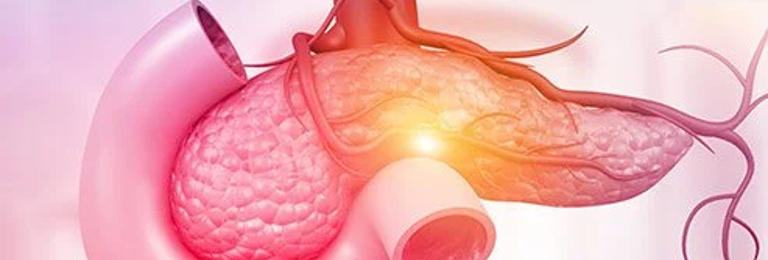More than 70% of pancreatic neoplasms are located between the portal vein and the duodenum, so they can be removed by duodenocephalopancreatic resection.
Surgical exploration, performed through a right subcostal incision, later extended to the left, should initially rule out the presence of liver and/or peritoneal metastases. A peritoneal lavage of the subhepatic area is then performed for cytologic examination. Exploration of the pancreas and the tumor to assess its resectability is performed using a wide Kocher maneuver with mobilization of the C duodenum up to the Treitz ligament. The retropancreatic portion in the neck is then explored, in front of the portal vein, to rule out vascular infiltration. The head of the pancreas including the tumor is removed along with the duodenum, gallbladder, common bile duct, and distal stomach (in Whipple reconstructions).
The reconstructive technique with maintenance of pyloric function involves preservation of the stomach (according to the Traverso-Longmire technique). These two reconstructive techniques give similar guarantees in terms of oncological radicality, but the stomach-preserving technique, although associated in remote observations with fewer absorption alterations, is conditioned by the risk of prolonged gastric emptying times, especially in the first weeks of the postoperative The choice of the reconstructive technique to be used is, in fact, substantially linked to the preferences of the surgeon.
Complications
The main technical complications after resection are pancreatic fistula with pancreaticojejunal anastomotic leak, hepatic-jejunal anastomotic leak with subhepatic biliary abscess, hemoperitoneum (often as a consequence of a pancreatic fistula), and enterorrhagia due to blood loss at the level of the intestinal anastomoses or marginal ulcer. All these complications can be treated with percutaneous methods of interventional radiology (percutaneous drainage of intra-abdominal collections, embolization of peripheral arteries to control bleeding) or surgical reintervention. In particular, in the case of pancreatic-jejunal dehiscence with hemoperitoneum, the operation of choice is the abandonment of the jejunal loop and the closure of the pancreatic duct after excision of the entire anastomotic area. Indeed, the closure of the duct at the level of the residual pancreatic stump without intestinal anastomosis is also a solution adopted as an alternative to the pancreatico-jejunal anastomosis in cases in which the anastomosis itself is considered at risk of instability and therefore of postoperative complications (normal-sized pancreas with a small pancreatic duct).


